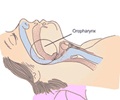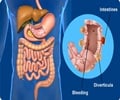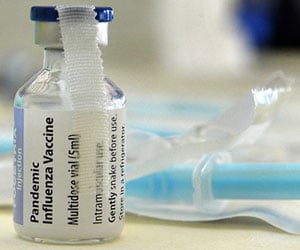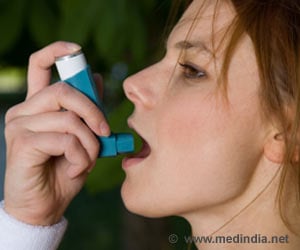
‘Early recognition and effective treatment of obesity hypoventilation syndrome are important in improving morbidity and mortality.’
Tweet it Now
Studies have estimated that 8-20 percent of obese patients with sleep apnea have this potentially life-threatening condition. "The purpose of the guideline is to improve early recognition of OHS and advise clinicians concerning the management of OHS, with the goal of reducing variability in clinical practice and optimizing the evaluation and management of patients with OHS," said guideline panel chair Babak Mokhlesi, MD, MSc, a pulmonologist and a sleep specialist who is a professor of medicine and director of the Sleep Disorders Center and the Sleep Medicine Fellowship training program at the University of Chicago.
"The panel believes that early recognition and effective treatment of OHS are important in improving morbidity and mortality."
The panel of 18 experts who produced the guideline included pulmonologists with expertise in sleep-disordered breathing, sleep specialists, a respiratory therapist, a critical care physician, a pulmonary hypertension specialist, an expert in weight reduction and a patient. The group reviewed the results of a systematic search of clinically relevant questions and focused on patient-centered outcomes, such as improving quality of life and quality of sleep, daytime sleepiness, gas exchange, need for supplemental oxygen, hospital resource utilization and death.
Using the Grading of Recommendations, Assessment, Development and Evaluation (GRADE) framework, the panel made five recommendations:
Advertisement
- that clinicians use a serum bicarbonate level <27 mmol/l to exclude the diagnosis of OHS in obese patients with sleep-disordered breathing when suspicion for OHS is not very high, but to measure arterial blood gases in patients strongly suspected of having OHS;
- that stable ambulatory patients with OHS receive positive airway pressure (PAP);
- that continuous positive airway pressure (CPAP) rather than noninvasive ventilation (NIV) be offered as the first-line treatment to stable ambulatory patients with OHS and co-existent severe obstructive sleep apnea;
- that patients hospitalized with respiratory failure and suspected of having OHS be discharged with NIV until they undergo outpatient diagnostic procedures and PAP titration in the sleep laboratory (ideally within 2-3 months); and
- that patients with OHS use weight-loss interventions that produce a sustained weight loss of 25-30 percent of body weight (more likely to be obtained with bariatric surgery) to achieve resolution of OHS.
All the recommendations were deemed "conditional" by the panel because of the "very low level of certainty in the evidence."
The authors of the guideline noted several opportunities for research that they believe would benefit patients with OHS. Randomized trials, they wrote, are needed to determine which is better for screening obese patients with sleep-disordered breathing for OHS: measuring bicarbonate levels or oxygen saturation.
Advertisement
The panel emphasized that clinicians caring for these patients should consider severe obesity a major, modifiable factor in the development and severity of OHS. Clinicians need to educate their patients and engage in shared decision making about the best strategy for their patients to sustain a weight loss of at least 25-30 percent, which the authors said is needed to resolve OHS.
In making its recommendations, the panel aimed for guidelines that could be used internationally. The authors recognize, however, that local resources may guide decisions within the framework on the panel's recommendation.
The authors emphasized that each patient is different, medically, and personally. "No recommendation can take into account all of the variable and often compelling circumstances that might affect the potential benefits, harms, and burdens of intervention in specific cases and contexts," they wrote. Therefore, the guidelines should not be applied "in a blanket fashion."
Source-Eurekalert















